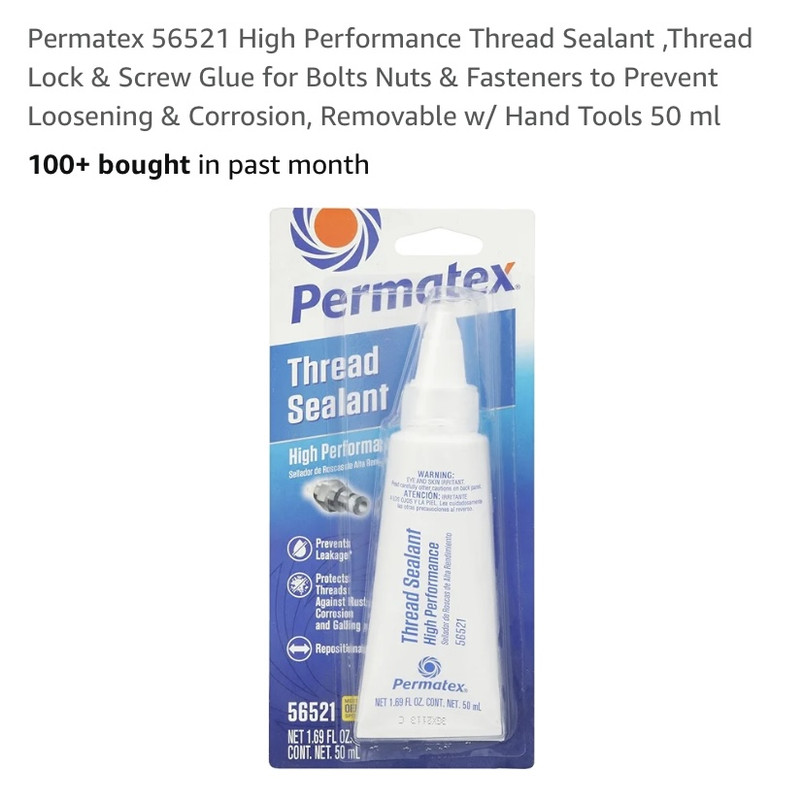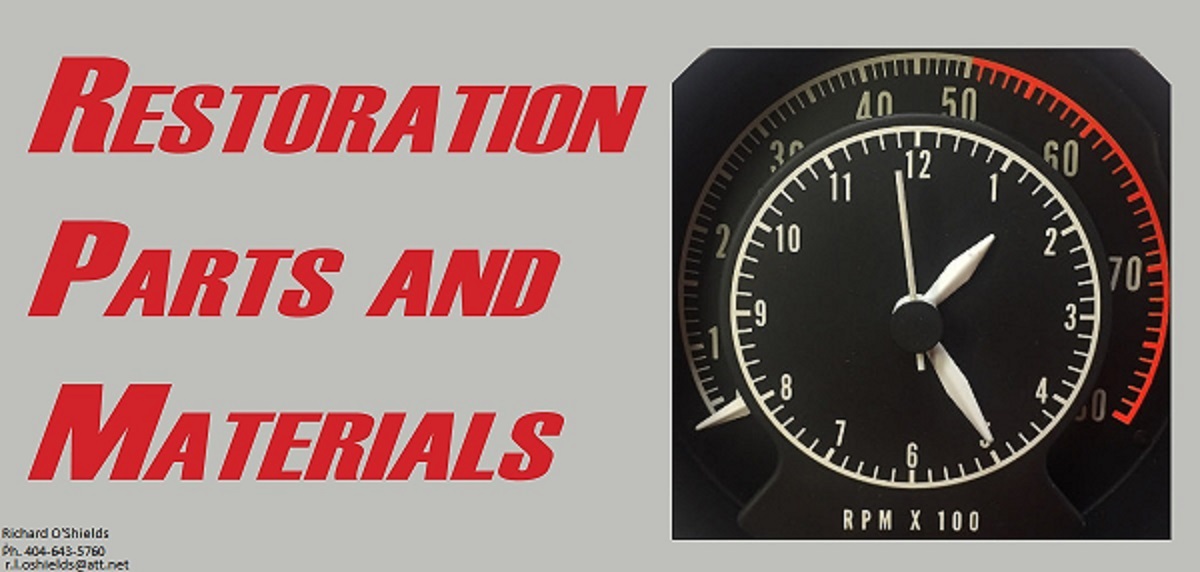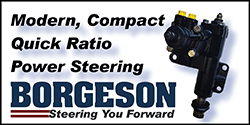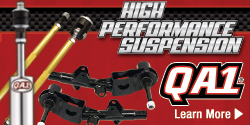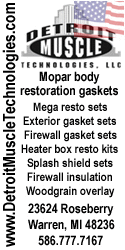to confirm the bleeding procedure, yes, it's customary to use the "longest distance rule" and start at the longest brake line (the brake furthest from the master cylinder) and work your way back to the shortest (closest) brake. you can always do these out of order, for diagnostic purposes, but if doing them out of order, once they are bled, i recommend you repeat the procedure again, following the longest distance rule.
one reason to do these out of order, is to troubleshoot the source if air, to isolate where the source of air is coming from. does the leak originate at the M/C or is the air entering further down the line? for example, if you bled the other rear brake, or front brakes first, and you're able to get them clean with no bubbles, then you can be more confident the source of the air is further away from the master cylinder. and if there is still one brake that won't bleed clean, then you can look at sources (of air) closer to that brake, such as the bleed screw or brake cylinder.
the method of bleeding can affect results, too. I have found that "gravity bleeding" which can take hours, and does not usually involve anyone actually pressing on the brake pedal much, if at all, may not affectively eliminate trapped air within the system.
if the underside of the car is dry (not oily) and when applying pressure to the brake pedal, and hydraulic system, if there are no visible leaks of brake fluid, then it is likely there is NOT an air leak mid-way in the brake line system. The air leaks may be at the bleeder, as others suggest, or up top, if the M/C reservoir goes dry, during bleeding, and sucks in more air.
Another tip for a "leaky bleeder when open" is to only open the bleeder while the brake pedal is being pushed, and the system under some hydraulic pressure. Open the bleeder just enough to allow fluid to pass, but not wide open (by several turns) allowing air to sneak past the loose threads. Once the brake pedal is at the floor, BEFORE releasing it, tighten that bleeder back up. This method typically requires two people.
And of course, we all presume you are not allowing the M/C reservoir to run dry during bleeding, and you're using some type of brake bleeding kit with an bleeder tube and bottle preventing air from flowing backward when the brake pedal is released.



